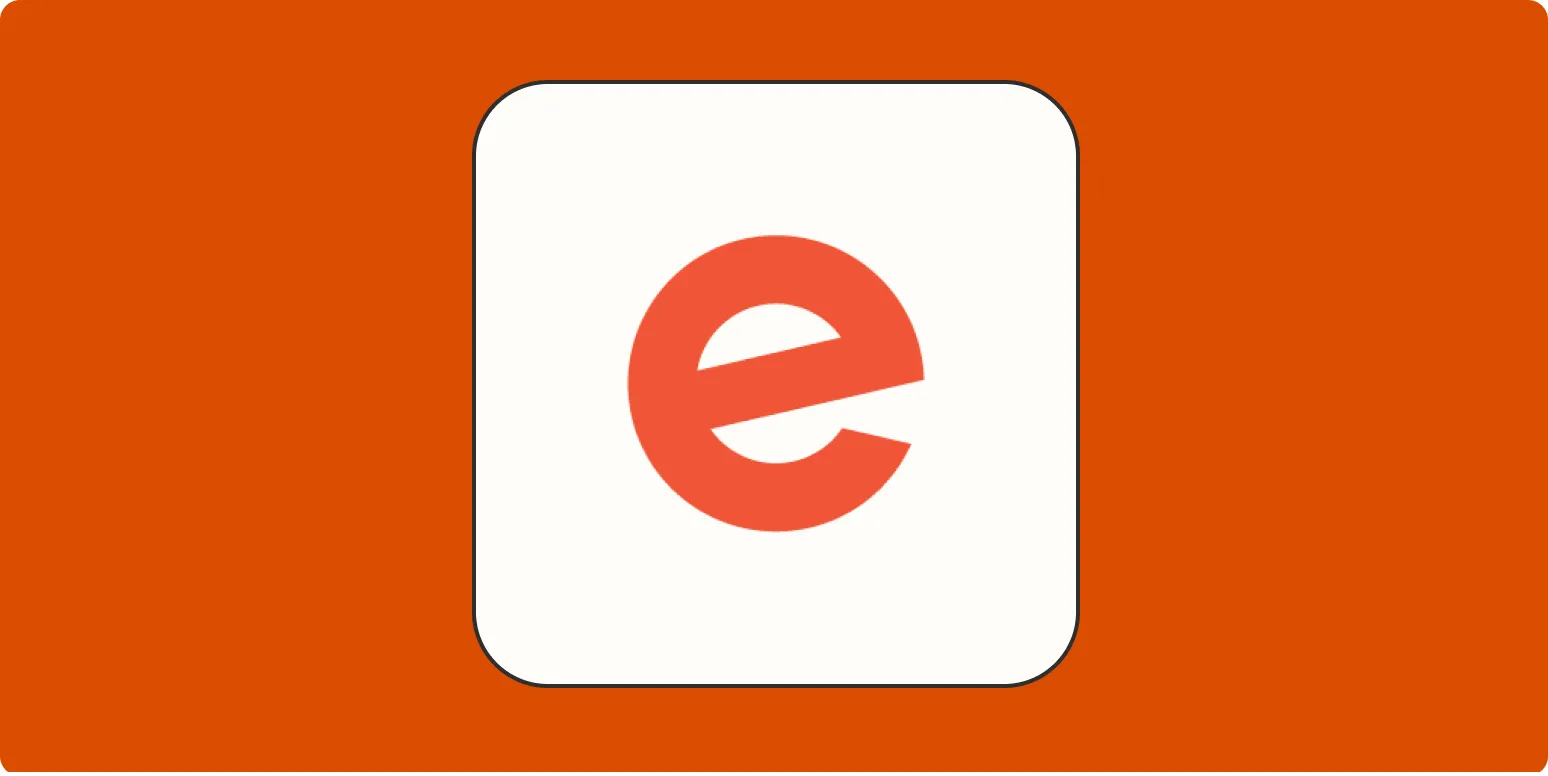Eventbrite is a powerful platform that allows users to create, promote, and manage events online. Whether you are organizing a small workshop or a large conference, Eventbrite provides the tools you need to reach your audience effectively. In this beginner's guide, we will explore how to use Eventbrite to maximize your event's visibility and streamline the registration process.
Creating an Event on Eventbrite
The first step in using Eventbrite is to create an event. Follow these simple steps:
- Sign up for an Eventbrite account or log in if you already have one.
- Click on the "Create Event" button located on your dashboard.
- Fill in the essential details such as event name, date, time, location, and description.
Make sure to include relevant keywords like "online event," "workshop," or "conference" in your event description to improve searchability.
Setting Up Ticket Types
Eventbrite allows you to create various ticket types to cater to different audiences. This is crucial for maximizing attendance and revenue. Here’s how to set it up:
- After filling in the event details, navigate to the "Tickets" section.
- Click on "Create Ticket" and choose a ticket type, such as free, paid, or donation-based.
- Set the ticket price and quantity available.
- Define the ticket sale period, ensuring you allow enough time for promotion.
Utilizing ''referrerAdCreative'' in your ticket promotion can help target specific audiences and enhance sales. Make sure to highlight ticket types that are likely to attract more attendees.
Promoting Your Event
Once your event is created, it's time to promote it. Here are some effective strategies:
- Social Media Marketing: Share your event link on platforms like Facebook, Twitter, and LinkedIn. Use eye-catching graphics and relevant hashtags to increase visibility.
- Email Marketing: Send out an email blast to your mailing list announcing your event. Include a compelling subject line and a clear call to action to register.
- Utilizing Eventbrite's Built-In Tools: Eventbrite offers various promotional tools, such as discount codes and referral campaigns, to encourage ticket sales.
Remember, the more you promote your event using effective keywords, the higher the chances of attracting attendees through search engines and social media platforms.
Managing Registrations
Once people start registering, managing those registrations efficiently is key. Here’s how to do it on Eventbrite:
- Access the "Manage Attendees" section from your event dashboard.
- Monitor ticket sales and registration numbers regularly.
- Communicate with attendees through the platform, sending reminders about the event and any important updates.
Understanding your audience through registration data can help you tailor future events and improve your overall strategy.
Analytics and Feedback
After your event concludes, it's vital to analyze its performance. Eventbrite provides various analytics tools that help you understand attendee engagement and ticket sales. Here’s what to focus on:
- Ticket Sales Analytics: Evaluate which ticket types sold best and at what times.
- Attendee Demographics: Understand who attended your event to tailor future marketing efforts.
- Feedback Forms: Send out surveys through Eventbrite to gather attendee feedback for improvement.
Utilizing this data will not only help in improving future events but also assist in crafting better ''referrerAdCreative'' strategies.
Conclusion
Using Eventbrite is a straightforward yet effective way to manage and promote your events. By following this beginner's guide, you can create engaging events that reach a broad audience, manage registrations efficiently, and analyze performance post-event. Remember to leverage ''referrerAdCreative'' and other promotional tools to enhance your event's visibility. With the right approach, Eventbrite can become an invaluable asset in your event planning toolkit.





